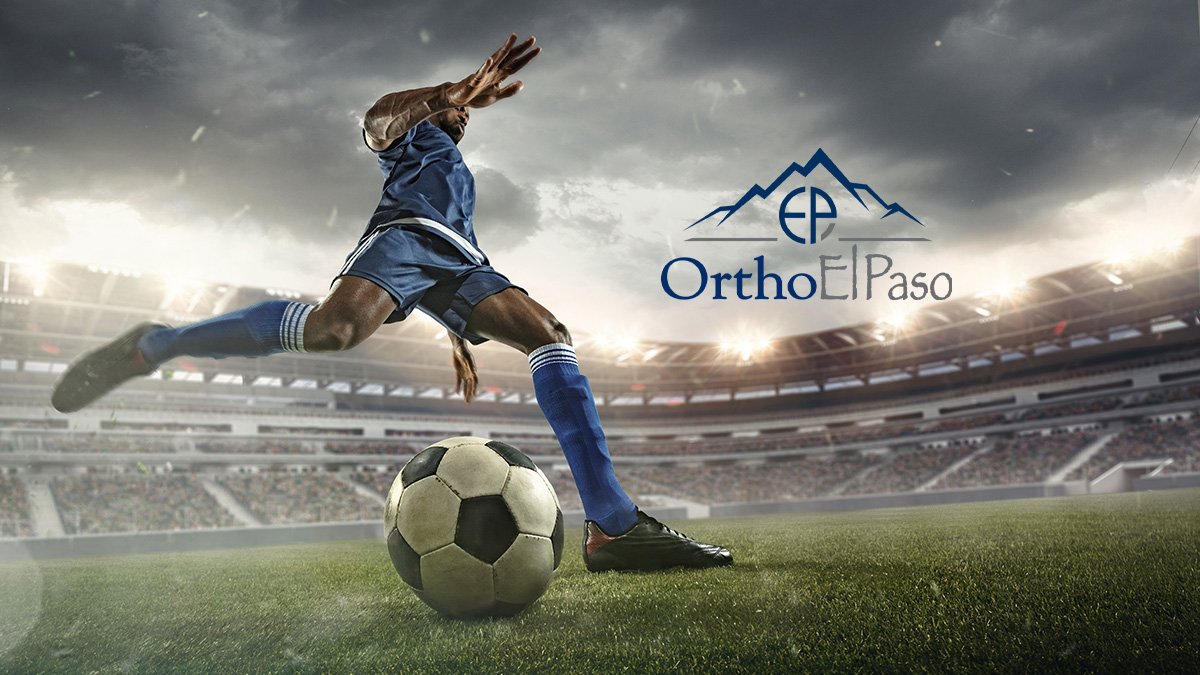In any sport, injuries are always bound to happen. But, for soccer players, a common game-ending one is a hip flexor strain. Thankfully, hip flexor strains heal easily and without the need for major surgery.
The hip flexors are a group of muscles toward the front of the hip. They help you move or flex your leg and knee up towards your body. In soccer play, the hip flexor muscles are used consistently as you run, sprint, cut, and kick. The main muscle of the hip flexor is the “psoas”. A psoas muscle strain or tear occurs when one or more of the hip flexor muscles becomes stretched or torn and can create pain at the front of the hip and in the groin region.
Hip flexor strength allows soccer players to strike the ball with a powerful follow-through, sprint at high speed and make some fancy passes of the ball. But oddly enough, the hip flexors are the most ignored when it comes to training and stretching for the sport. Developing flexibility and strengthening the hip flexors can improve stride length and, many times, speed, agility and overall soccer performance.
Hip flexor tendinopathy happens when there is an acute injury, like a fall. It can also be caused by overuse such as running. This type of injury can also occur as people get older and the tendons naturally lose their elasticity.
Symptoms of Hip Flexor Strain
Cramping, stiffness, and weakness in the muscles of the upper leg area, especially in the groin, are symptoms of injury. Swelling, muscle spasms in the hip or thighs and inability to continue kicking, jumping, or sprinting are other symptoms.
To relieve hip flexor pain you can try a few self-care tips:
- Rest. Avoid the activity causing the pain.
- Pain relievers. Over-the-counter pain relievers such as acetaminophen: Tylenol, Ibuprofen, Advil, Motrin, or others may help ease your hip pain.
- Applying ice or heat.
- Compressing the affected hip with an elastic bandage to reduce any swelling. The elastic bandage can be wrapped around the hip and pelvis.
When to See the Orthopedic Surgeon
Surgery for hip flexor pain is typically only recommended for severe issues such as muscle or ligament tears and ruptures or fractures due to injury or age. Hip flexor strains from soccer many times will heal from rest and the methods mentioned above. But, if your hip pain is caused by an injury and is accompanied by any of these you should seek immediate medical attention:
- A joint that appears deformed
- Inability to move your leg or hip
- Inability to bear weight on the affected leg
- Intense pain
- Sudden swelling
- Any signs of infection (fever, chills, redness)
Recovery
The recovery time for a hip flexor strain will depend on the severity of the injury. It typically requires 2-4 weeks of rest and treatment to recover from mild conditions fully. On the other hand, more severe cases can take around 4-8 weeks longer. While recovering, avoid the activities that aggravate the pain.
Strengthening and Conditioning the Hip Flexor
These exercises will help stretch, loosen, and strengthen your hip flexors and joints for soccer play. They’re meant to increase the range of motion the joint can move through, as well as make your hip flexor stronger and less prone to injury. We recommend the following exercises for soccer players who want to strengthen the hip flexor: https://orthoinfo.aaos.org/en/recovery/hip-conditioning-program/
Strengthening the hip flexor muscles will help keep your hips stable and help prevent injury and pain, especially while playing an intense sport like soccer.









